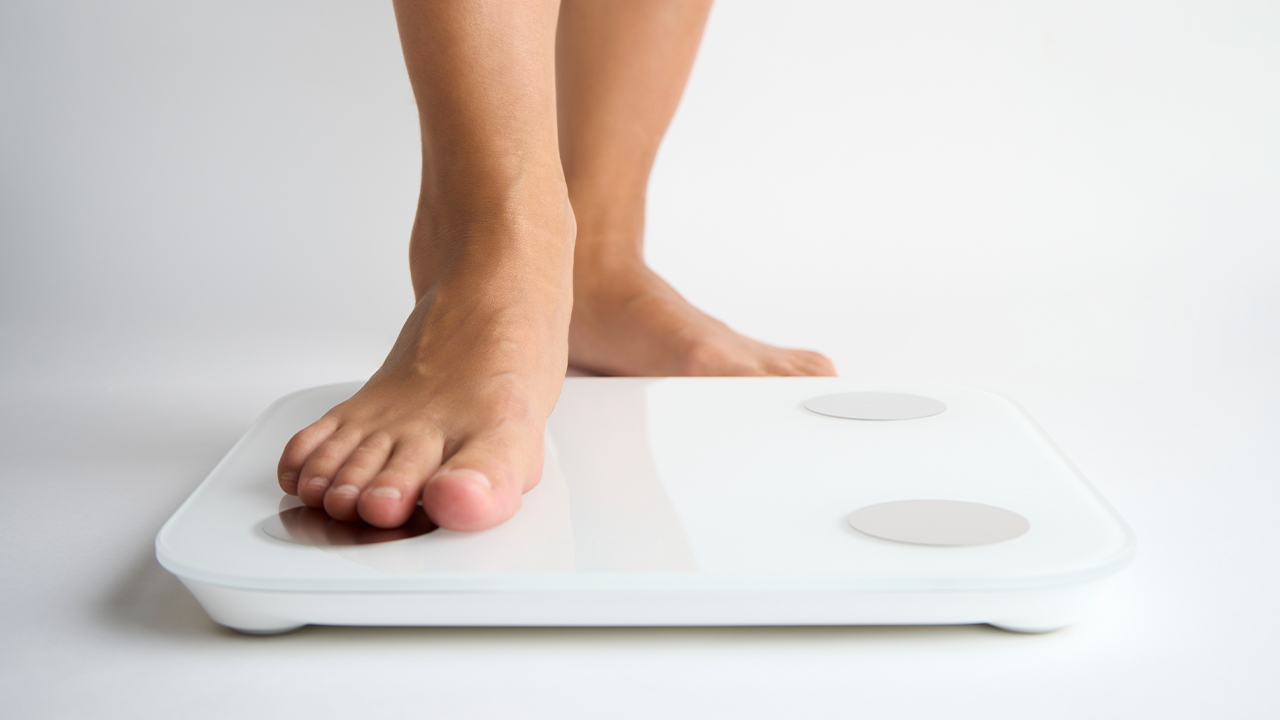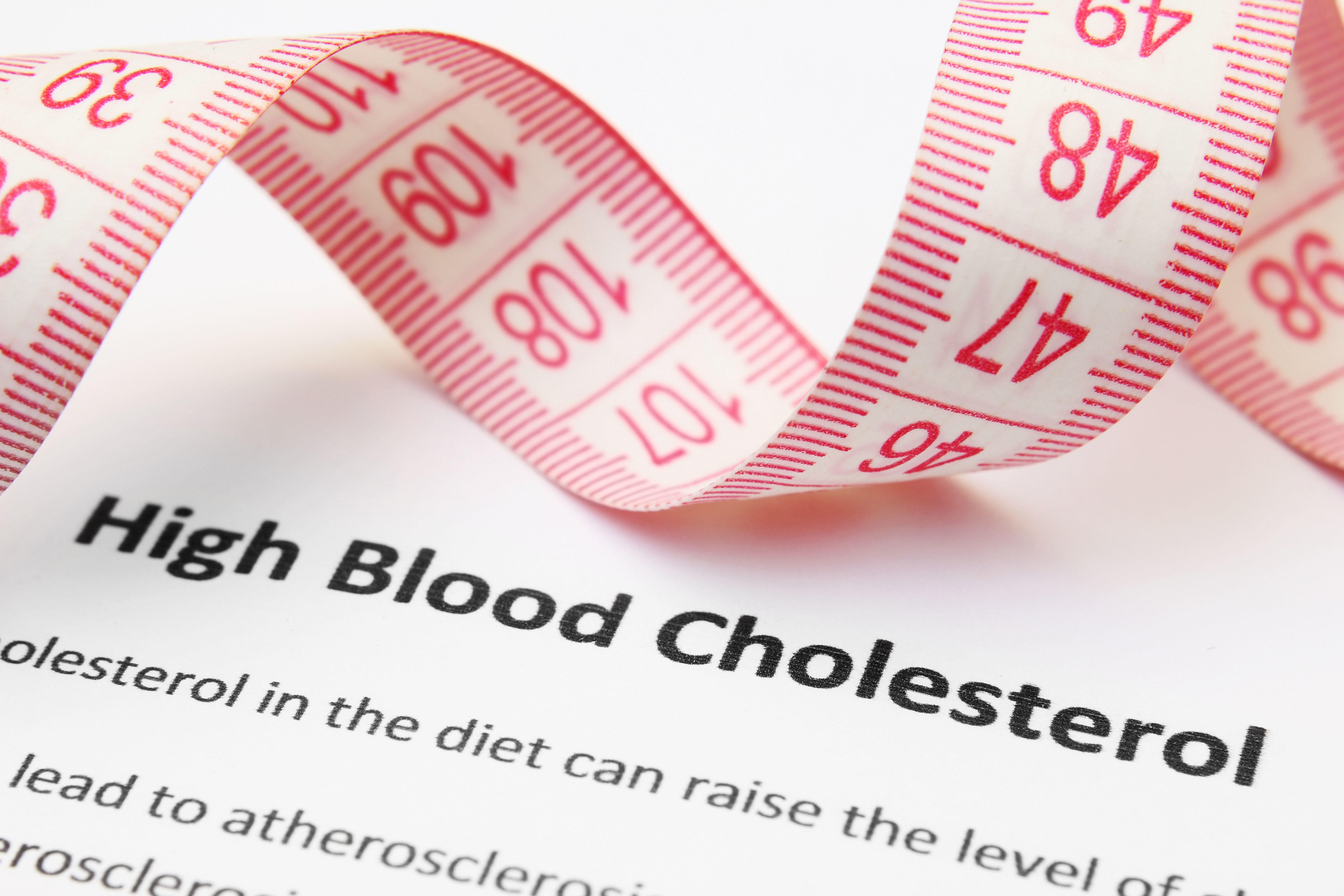Skip to main contentEverything you need to know about Peripheral Arterial Disease (PAD)
More articles you will love

Leg Symptoms
Causes & Conditions

Leg Symptoms
Causes & Conditions

Leg Symptoms
Causes & Conditions

Leg Symptoms
Causes & Conditions

Leg Symptoms
Causes & Conditions




